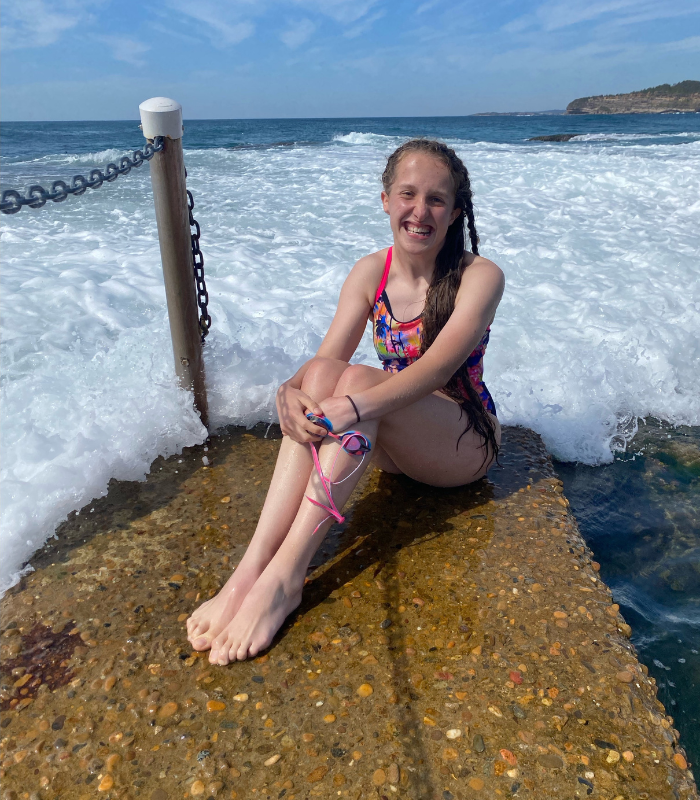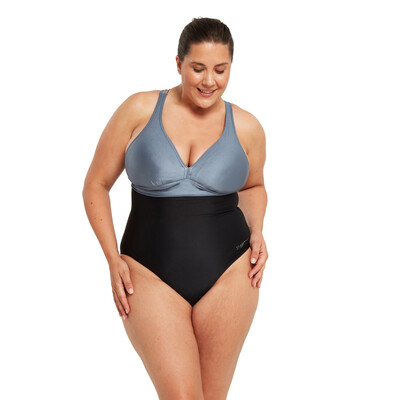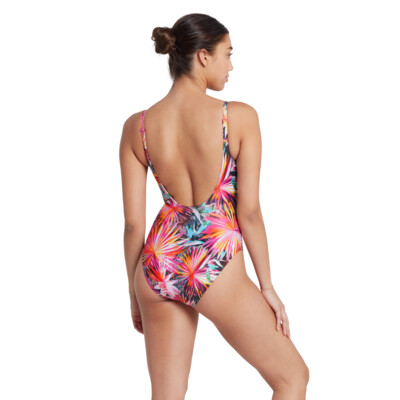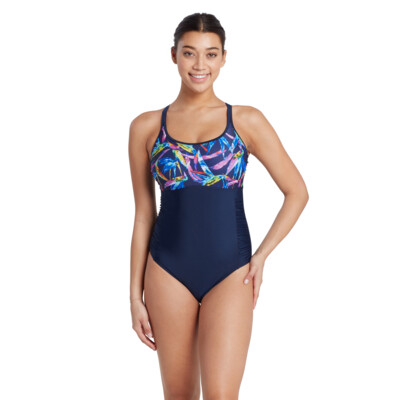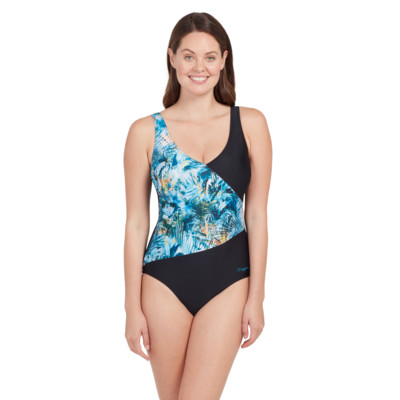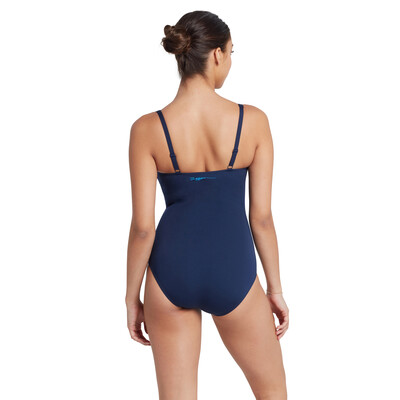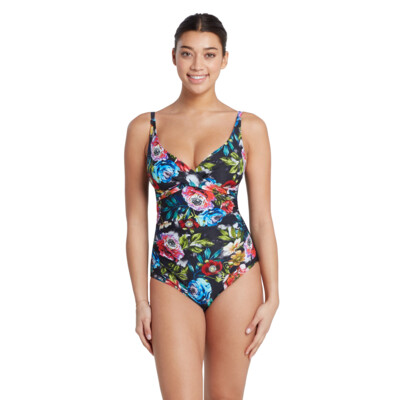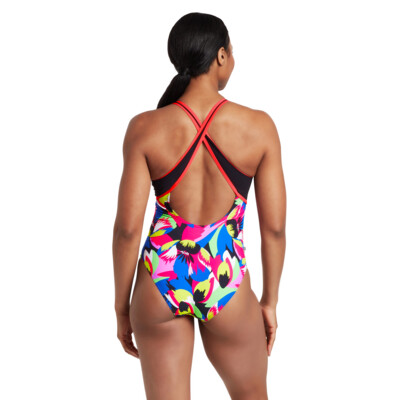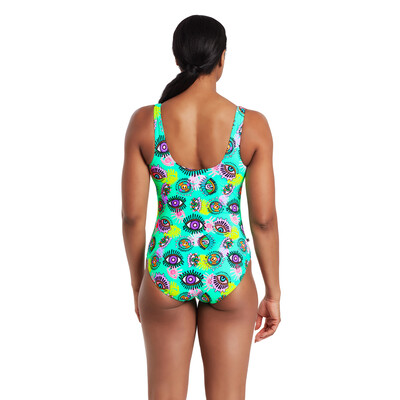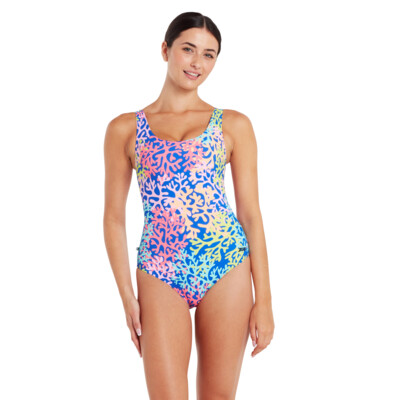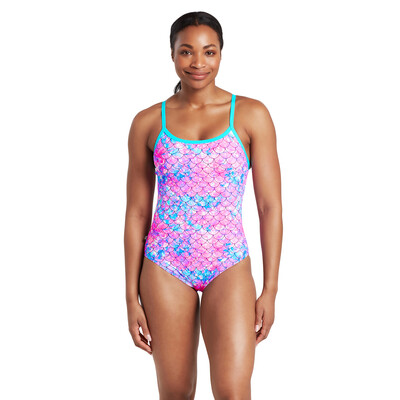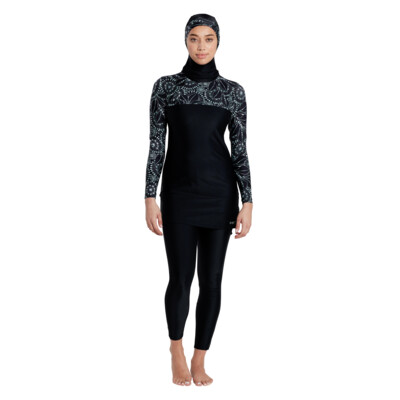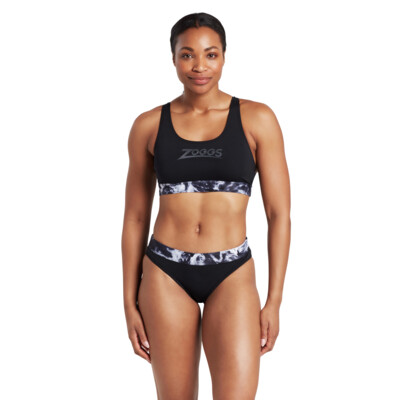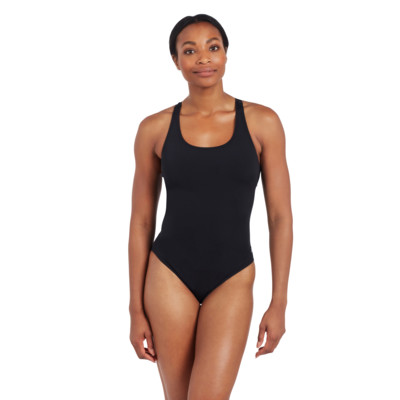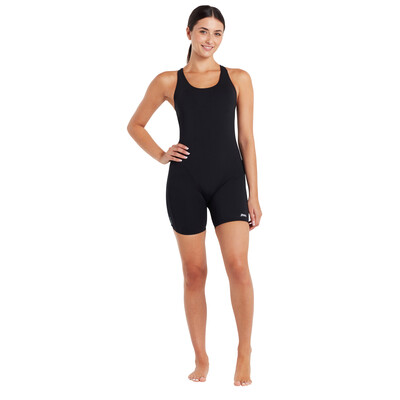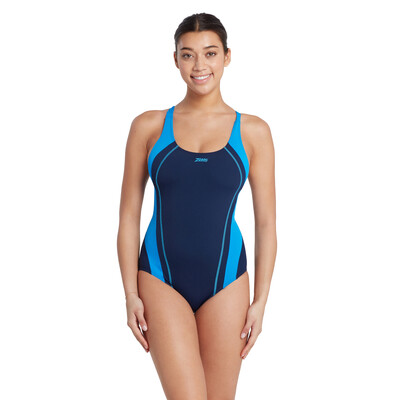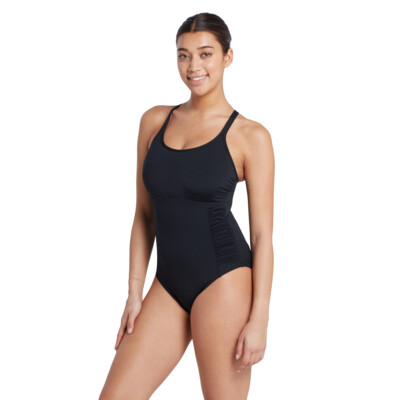
Swimming Beyond Limits: The World of Multi-Class Competition
Alyssa is a young multi-class swimmer currently training towards the 2024 Paris Paralympics. Multi-class swimming is swimming for athletes with a disability. Alyssa has broken down what Multi-Class swimming is and how the classification system works.
What is Para/Multi-class Swimming?
Multi-class Swimming or Para Swimming is swimming for athletes with a disability. Swimmers are given a classification depending on their level of impairment and its impact on their ability to swim through the water.
Multi-class or MC swimming is the competition format whereby swimmers of different classes compete in the same race event. There are many levels of Multi-class swimming from a local to national level.
After a national level, international competitions splits each classification into separate races. This allows athletes to race against a field of other athletes with the same classification and similar impairments.
The Paralympics is the pinnacle of disability competition as it showcases the world's elite athletes with a disability on the international stage.
What are the Para/Multi-class swimming classifications?
Classification is the process in which a para swimmer’s disability is evaluated and classed with medical documentation review, a table test (Range of motion, muscle power or an IQ test), swim test and a competition observation. In Swimming the sports classes are 1-10 are for physical impairment (the lower the number the more severe the impairment) 11-13 are for visual impairments, 14 is for intellectual impairment, 15 is for hearing impaired, 16 is for swimmers with a transplant, 17 and 18 are transition and other intellectual impairments and the new 19 is for high functioning Autism. Classifications 1-14 are swum at the Paralympics and all other classes have their own international competitions.


How does Para/multi-class swimming work?
The sport class names in swimming consist of a prefix “S” or “SB” and a number. The prefixes stand for the strokes and the number indicates the sport class. The prefixes stand for:
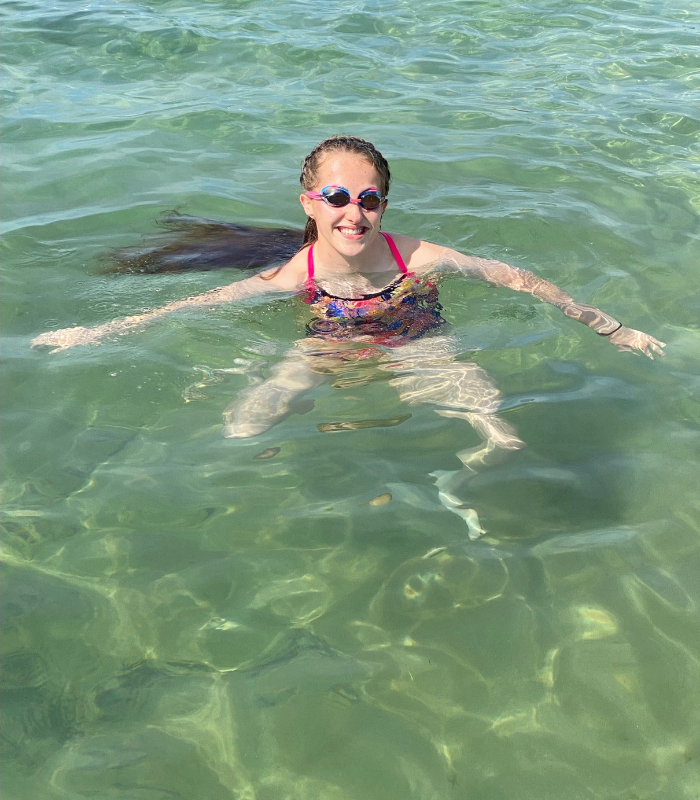

S: freestyle, butterfly and backstroke events
SB: breaststroke events
SM: individual medley events. The prefix “SM” is given to athletes competing in individual medley events (either 150m or 200m). To evaluate the impact of impairments on swimming, classifiers assess all functional body structures using a point system and ask the athlete to complete a water assessment. The total number of points then determines the athlete’s S and SB sport classes. Swimmers with a physical disability are classed between S1-S10, SB1-SB9, SM1-SM10. For example an athlete with a single leg below the knee amputation would be classed as a S10/SB9/SM10 whereas an athlete with dwarfism is often an S6/SB6/SM6.
In international competitions athletes with different classifications compete in the same event ie (50m freestyle) but swim in different races to compete against athletes of the same class ie (S8 50m Freestyle) For national and below competitions, all athletes of any class compete in the same race but the winner isn’t always the first to touch the wall. It’s based on the closest to the world record for the athlete’s individual class. This is determined by the Multi-Class Point Score System (MCPS).
If you’d like to learn more about Multi-class swimming and how classifications work visit Swimming Australia or the International Paralympic Committee.
Follow along with Alyssas journey on her instagram @aj_gillespie14
Happy swimming!













